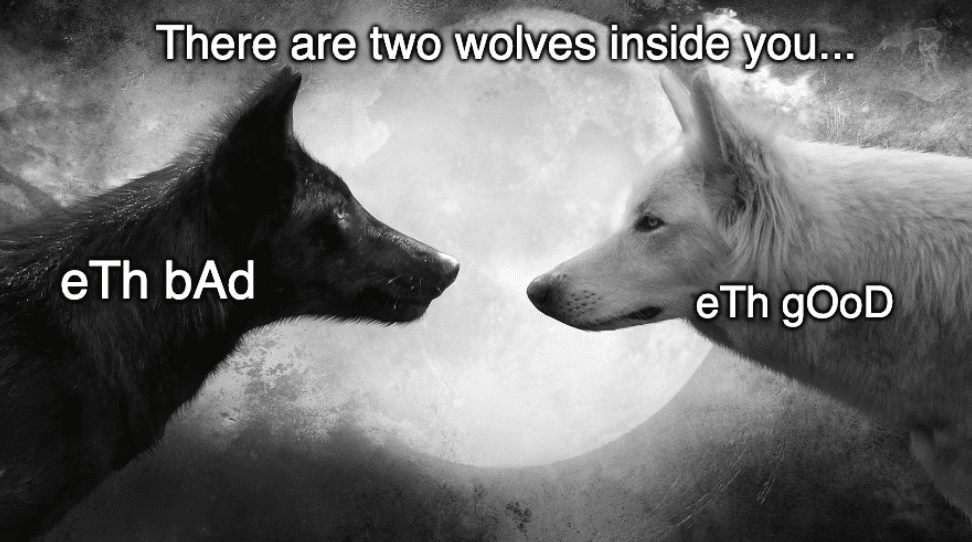
TL; DR
-
The ETH ETFs launched on Tuesday, with net inflows of $107 million, and the price of ETH remained stable – but building value takes time, two days is not enough to prove anything.
Full story
So the Ethereum ETFs launched on Tuesday, with net inflows of $107 million, and the price of ETH… stayed the same?
We have two lines of thought about this:
Both start here:
Ethereum is a $410 billion asset; $107 million in ETF inflows won’t immediately drive the price to new all-time highs.
It will take time, and every day of ETF inflows will be offset by the selling pressure coming from the broader market.
Cynical thought:
Yes, but… maybe investors don’t quite know how to price Ethereum?
There are thirty-nine Layer 2 (L2) projects that integrate with Ethereum, each with their own token (and each incentivizing users/investors to buy/transact with their own token, instead of ETH).
These L2s pay rent to Ethereum, but it is low.
(For example, on June 1, Base generated $94,357 in fees and paid $900.04 to Ethereum – or about 0.95%)
From some angle, it appears that the value growth is being pulled away from the ETH token and towards a range of L2 tokens.
…so why buy the ETH ETF if the value of the Ether token is being wiped out?
Logical thought:
It is WAY too early to judge whether the above theory is a) valid, and b) the cause of ETH’s fixed price.
We’re only two days into it and there are multiple factors outside of ETFs that influence the price of Ethereum on a daily basis.
Furthermore, building an L2 on Ethereum means enjoying the benefits of the network millions of users from day one.
…and all you have to pay to Ethereum is 0.95% of your network fees?
That’s a bargain! And it will probably be one whole a bunch of new developers, who will pay back more and more fees to Ethereum as their projects grow.
(Smaller piece of a bigger pie and all that).
The takeaway:
We will all have to hurry up and wait and see how the ETFs will impact Ethereum.

